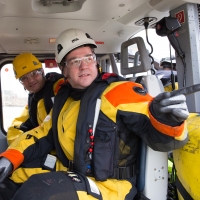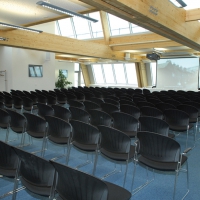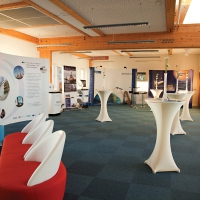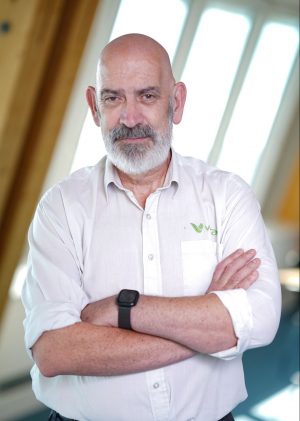These aerial photographs show how a huge electrical substation is taking shape in fields off the A47 near Norwich.
Drivers on the road will have spotted the steel structure being built in fields between the southern bypass and Swardeston and may have wondered what it is.
And these photographs by aerial photographer Mike Page show how Danish energy company Ørsted is building an onshore converter station.
The site is where power generated by the Hornsea Three wind farm, due to be constructed off the Norfolk coast, will be converted to be fed into the National Grid having been brought to shore along cables laid in a 35-mile-long trench across Norfolk.
The Planning Inspectorate granted permission for the converter station in 2020,
Luke Bridgman, managing director of Ørsted’s Hornsea 3 Wind Farm said: “Progress remains on track both for laying our cables onshore, and on our onshore converter station, which will eventually supply green energy to the UK.
“The steelworks started to go up in March – marking the first infrastructure works above ground.
“The steelworks house the heart of the system to convert the power from AC to DC and then on to the National Grid.
“The ponds that can be seen in the image are used to manage water during heavy rains – surface water is pumped into the ponds.
“Onshore works are due to be completed mid-2026.
“In parallel, we’ve started environmental surveys for our work offshore and will soon start initial works at the area where the offshore cables will come onshore.”
The Hornsea 3 scheme is one of a number of offshore wind farms planned off the county’s coast.
In December, Swedish energy giant Vattenfall sold its rights to develop three wind farms – Norfolk Boreas, Norfolk Vanguard West and Norfolk Vanguard East – to German-based RWE.
But plans for miles of pylons across the Norfolk and Suffolk countryside to take offshore power to the south-east of the country have sparked controversy.
National Grid is carrying out consultation over updated plans for the 114-mile Norwich to Tilbury power line.
But critics are unhappy the power company favours an overland option, rather than transferring electricity through offshore cables.
Sourced by: edp24.co.uk













